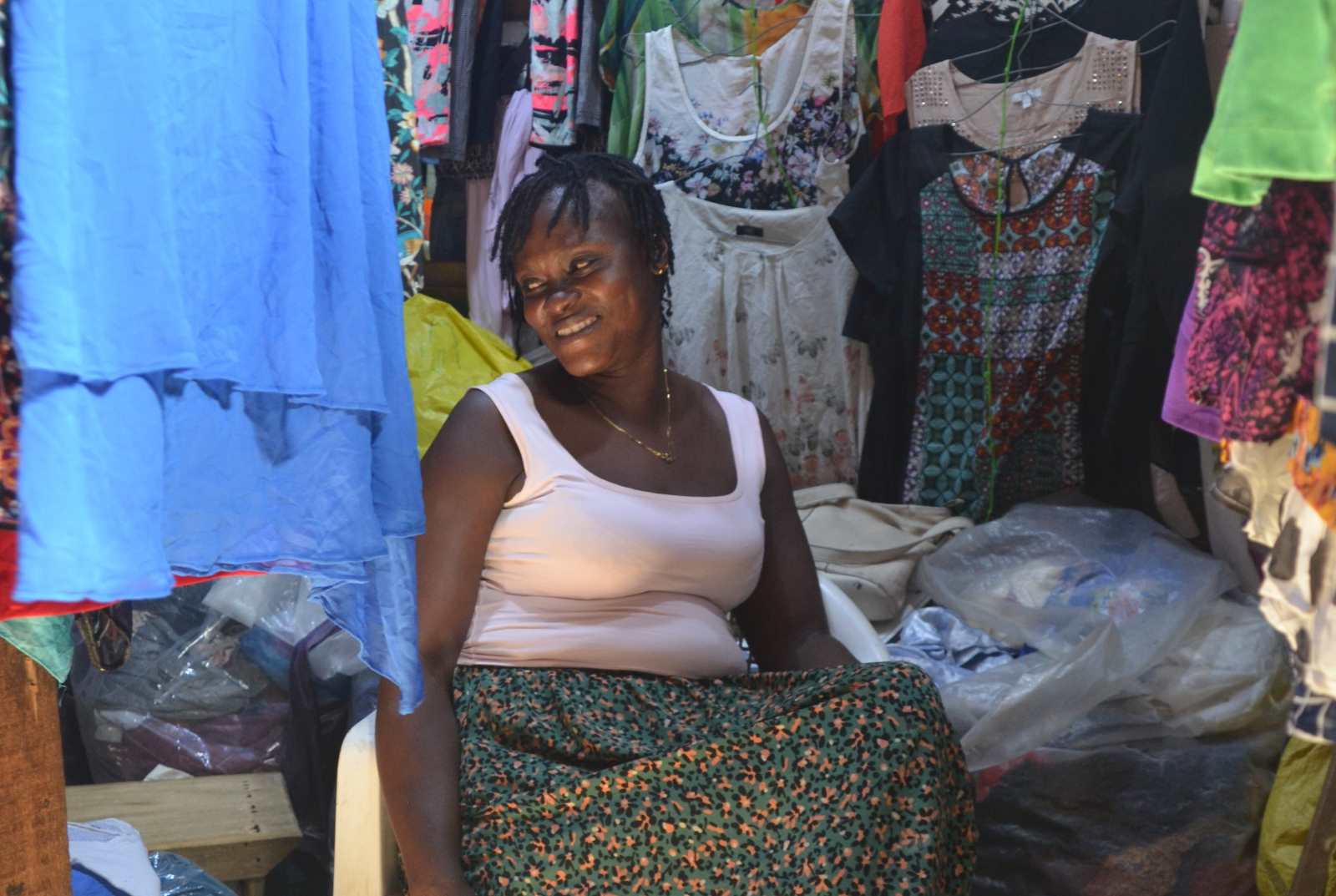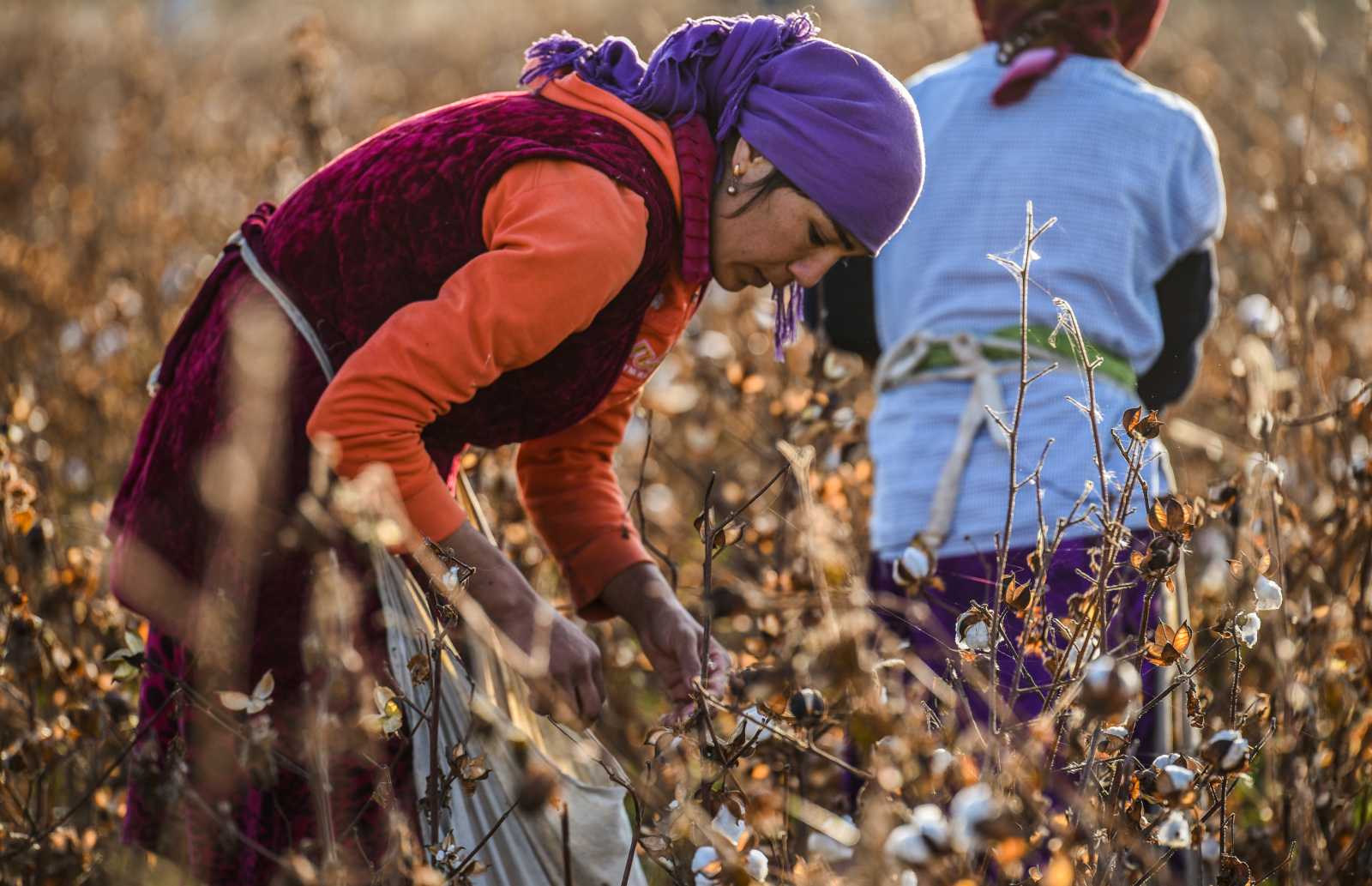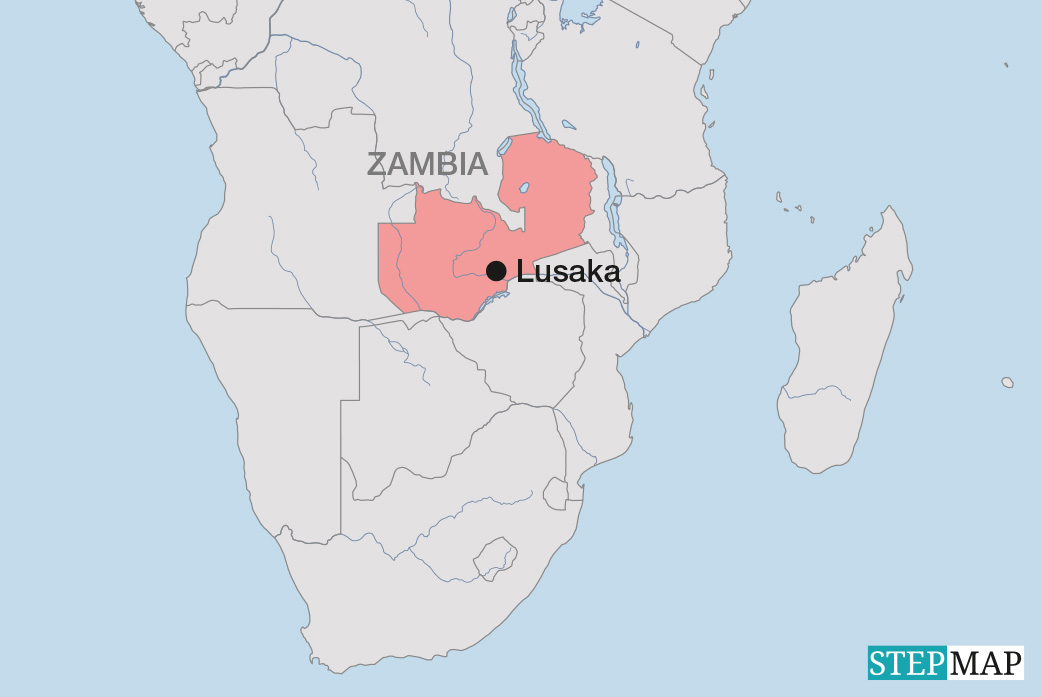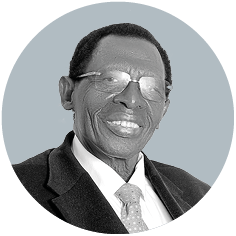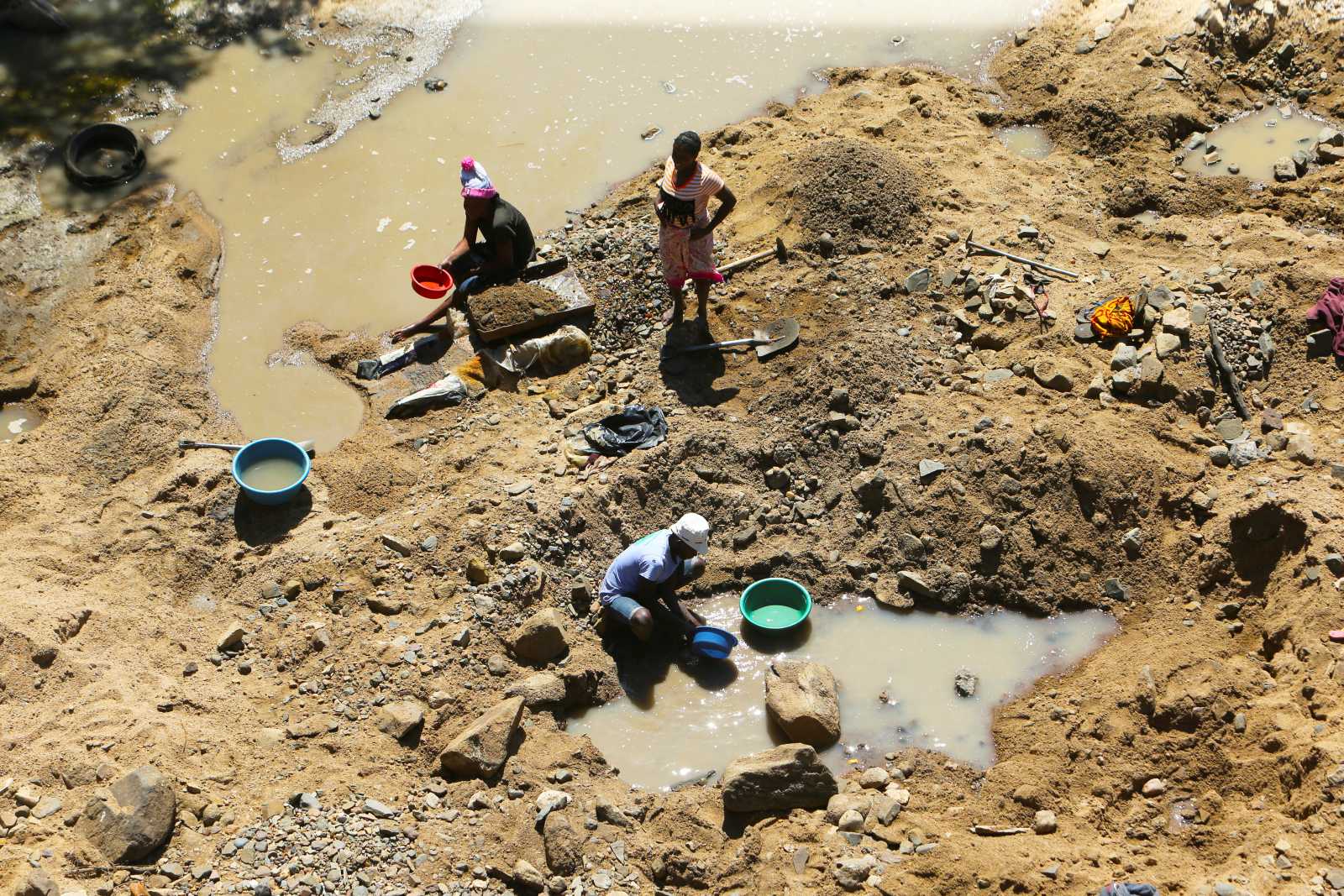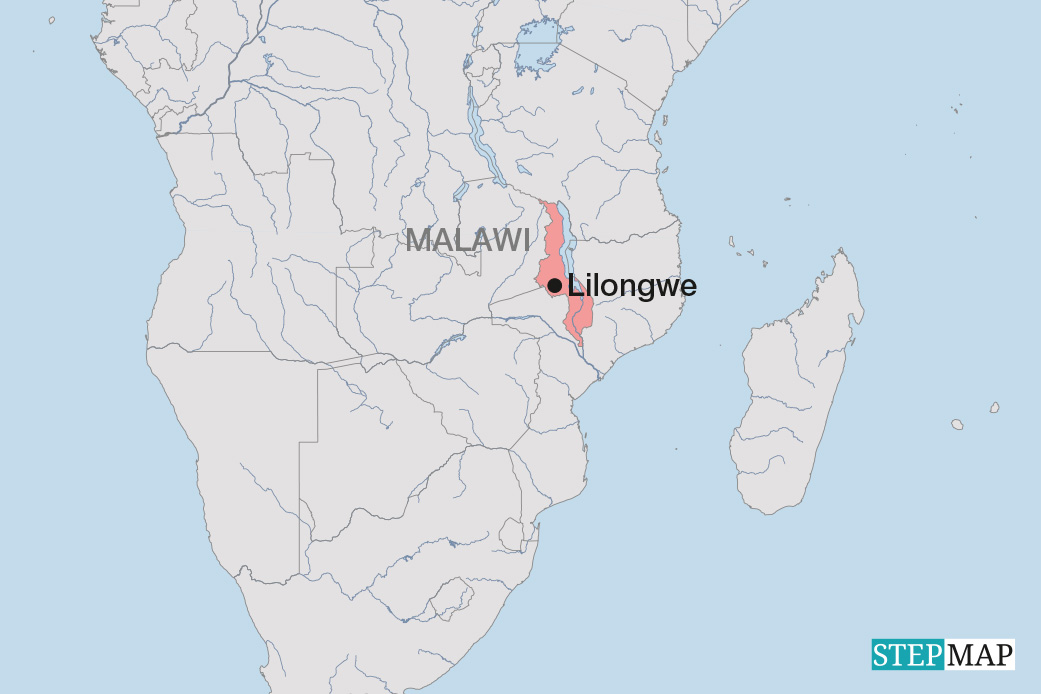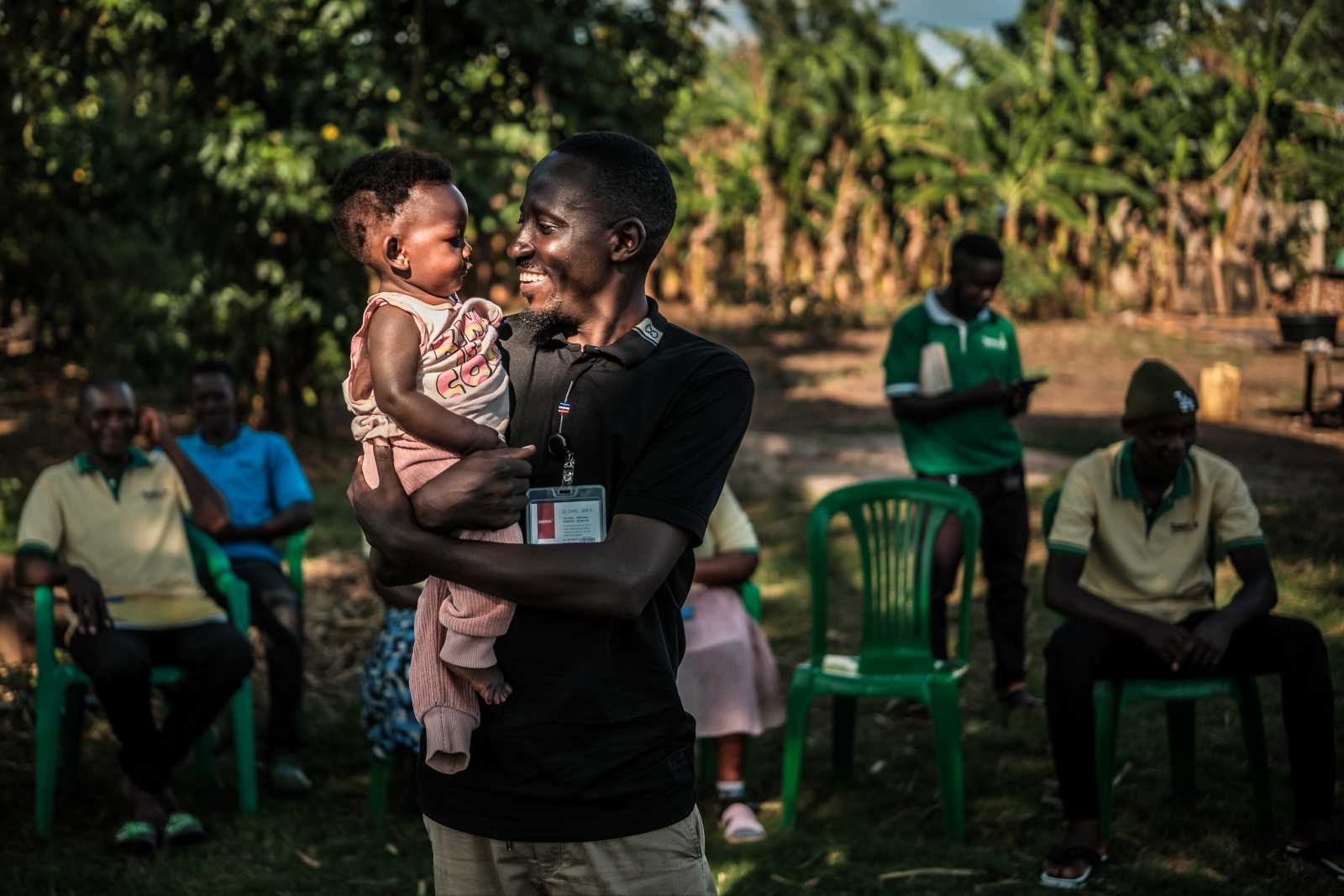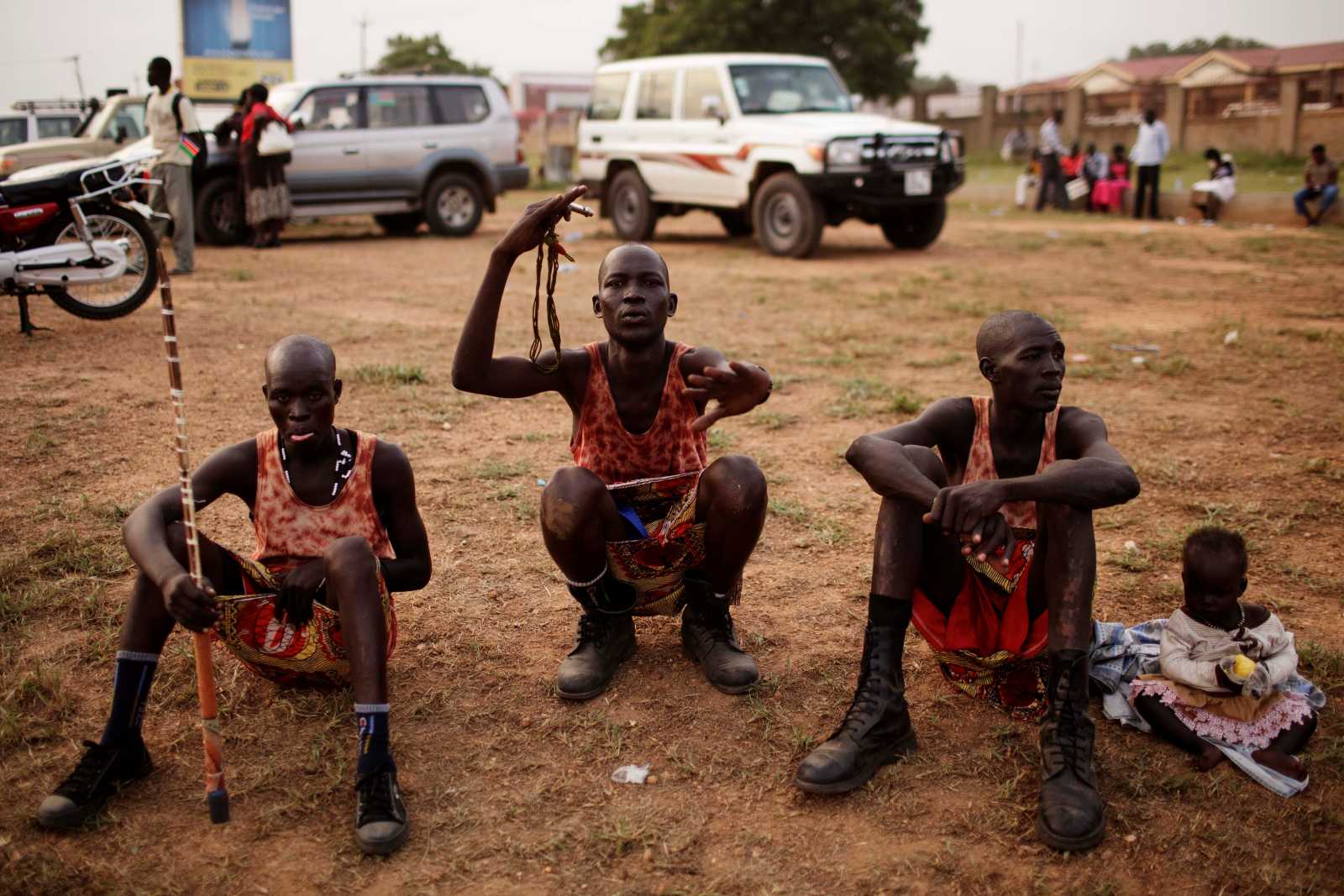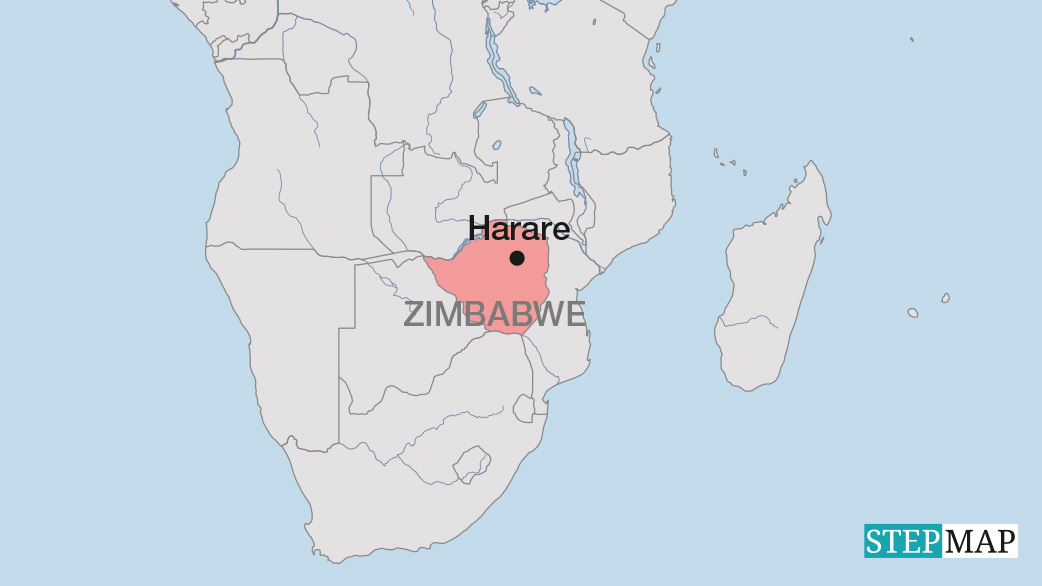Textile waste
How Nigerian designers are embracing sustainability

In a modest but vibrant studio in the Ibadan metropolitan area in south-western Nigeria, Aisha Adeyemi adjusts the sleeve of a dress. It is sewn from recycled Ankara prints – cotton fabrics with vibrant wax prints which are very popular in West Africa. Colourful scraps of textiles are piled up around her, waiting to be used. “We can’t afford to waste,” she says as she sews another seam. “Sustainability isn’t just a trend for us – it’s a necessity.”
More and more designers throughout Nigeria start thinking the same way. The country’s fashion industry is beginning to explore sustainability as both a creative opportunity and a response to mounting environmental and economic pressures. While the movement is still relatively small, it motivates designers to experiment with eco-conscious practices, traditional textiles and low-waste production methods. In some cases, these efforts also support local livelihoods and revive older forms of textile craftsmanship.
Turning waste into style
The fabric markets in Ibadan, such as Dugbe and Gbagi, produce large quantities of textile waste. That’s why designer Tunji Olawale began collecting discarded fabric scraps from local tailors. He now turns them into patchwork blazers and accessories. “It used to feel like a waste,” he says. “Now I turn these scraps into something wearable.” His unique pieces appeal to younger professionals who appreciate distinctive design and limited production. “Every piece is different,” Tunji adds.
Kemi Ajibade, who is also committed to sustainability, encourages people to rethink their wardrobe too. She and her team take worn-out garments like faded jeans or torn dresses to redesign them with embroidery, patches or completely new designs. “We try to extend the life of every item of clothing,” she says. Her approach is popular among young people in Ibadan, many of whom are beginning to take a more critical view of fashion.
Reviving tradition to build resilience
Interest in traditional textiles is growing too. In the Eleyele neighbourhood in Ibadan, artisan Kunle Adepoju produces clothes using organic dyes and handloom techniques passed down through generations. “Mass-produced fabrics may be cheaper, but they lack soul,” he says. “Our methods support local communities and are less damaging to the environment.”
Some designers, like Folake Adebayo, actively seek out such artisans for collaboration. “Buying local isn’t only about preserving our culture,” she notes. “It can reduce emissions, provide fair wages and keep knowledge in the community.” Some tailors and studio owners even try to improve the working conditions. One of them is Ayo Balogun. He trains young apprentices and wants to pay consistent wages. “We try to produce responsibly, not just aesthetically,” he says.
Despite these developments, sustainable fashion in Nigeria still faces obstacles. Unlike countries such as Sweden or Denmark, where government incentives support eco-friendly businesses, Nigeria lacks a clear policy framework in this area. Finance, infrastructure and access to technology are significant challenges.
Nonetheless, interest in alternative practices continues to rise. As consumer awareness grows, so does the visibility of designers who prioritise reuse, repair and local production. Now that the potential is there, it requires targeted support, technical training and investment in affordable production methods to scale it up. “Sustainable fashion doesn’t mean everything is perfect,” says Aisha, back in her Ibadan workshop. “But it’s one way of making things a little better – with what we already have.”
Oluwatoyosi Asunmo is a fashion entrepreneur at CREGO House and a population health research analyst based in Nigeria
ifeoluwapo19@gmail.com


